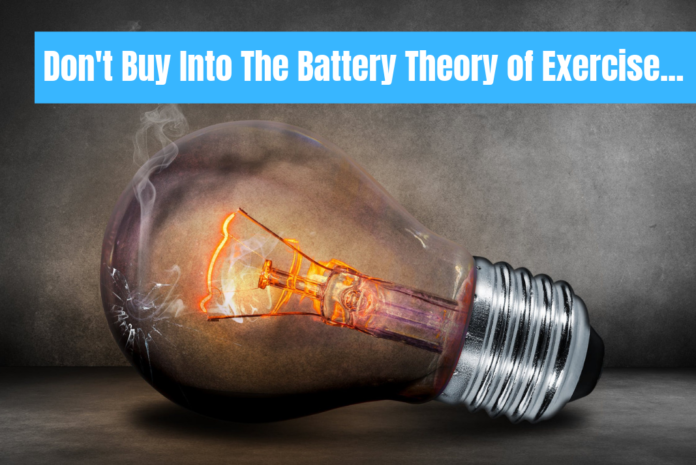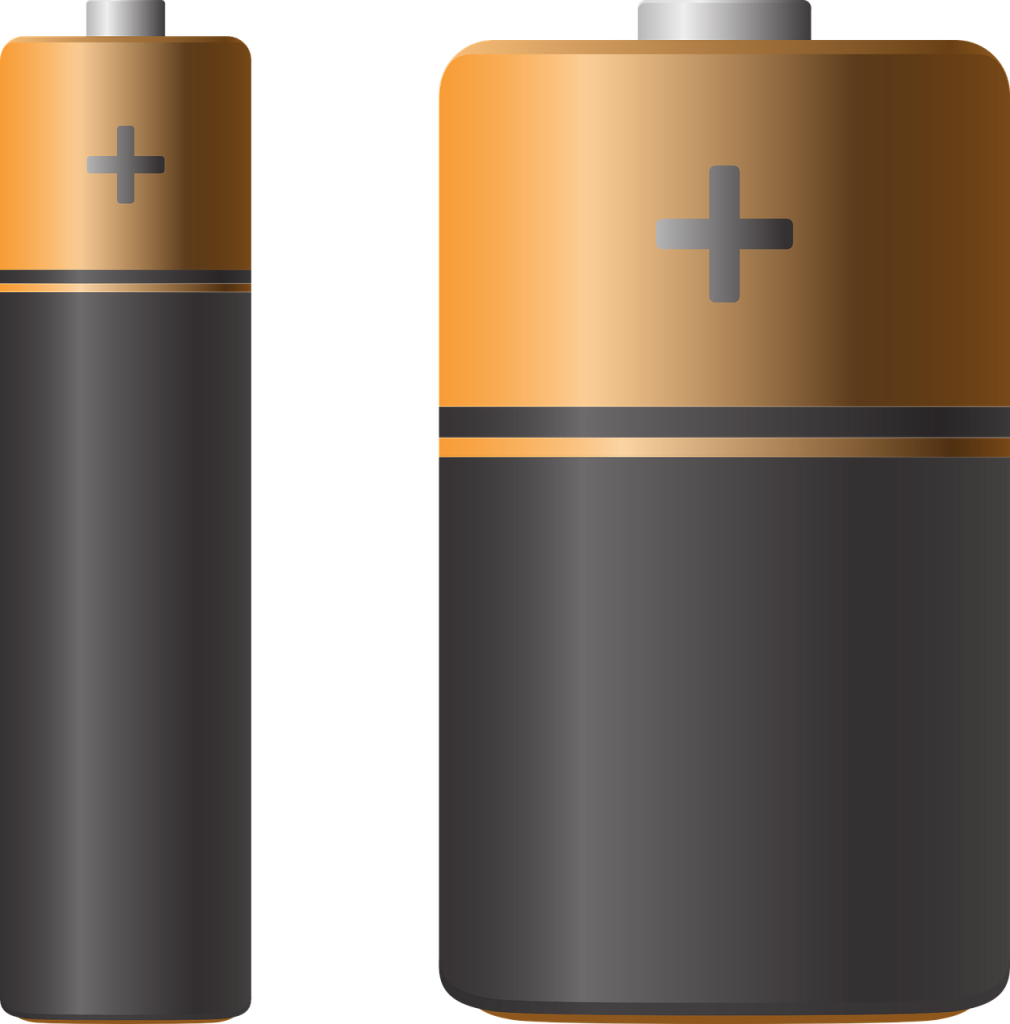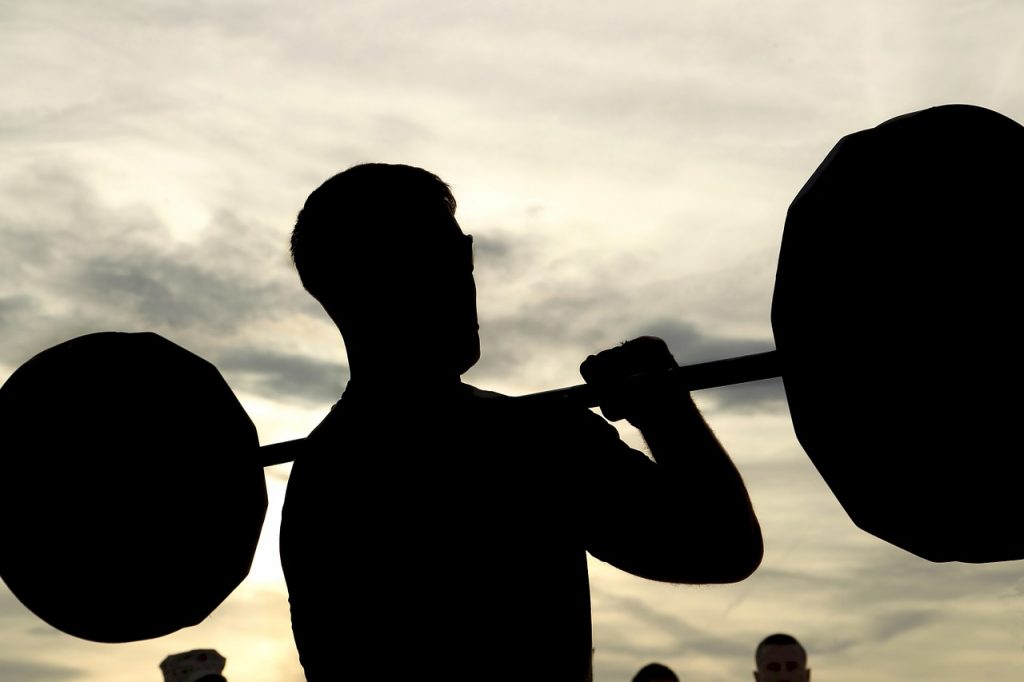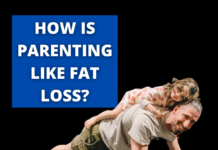President Trump strikes again, training his meticulous and well practiced gaze upon exercise as a whole. Trump, when asked about fitness by Evan Osnos in an article for the New York Times replied that “he considers exercise misguided, arguing that a person, like a battery, is born with a finite amount of energy”.
While Barrack Obama would shoot hoops occasionally, and President Bush was often seen jogging, Trump considers speeches and rallies to be all the exercise he needs.
Let’s be clear right now. Regardless of your feelings on the current administration, this is a very silly and unscientific belief, BUT, it’s not just POTUS who feels this way. Many people share the idea that the energy you have right now is all you’ll ever get, and it’s best to conserve that.
I’ve seen this in two main forms.
- The one that President Trump believes is that you’re little more than a Big ol’ goofy Duracell battery. You’ve got “100 energies” to last you through your life, and using that energy to do exercise is asinine as it depletes the stores you could be using to conduct press conferences, or practice saying “YOU’RE FIRED” in the mirror.
- The second train of thought goes something like: “I should conserve my energy during the first half of my workout, because if I go too hard, I’ll be burnt out for the second half”. While there’s more truth to this one, as usual, the science is not so cut-and-dry.
While the research on energy store, fatigue, and the effect of exercise may not be 100% complete – after all, the body is a miraculous machine, and science still can’t tell us WHY we sleep – we know enough to show how with proper training, you can actually increase the amount of energy you have on a daily basis, as well as extending not just the years in your life, but the life in your years.
Myth #1 All You’ve Got is All You’ll Have (The President Trump Theory of Exercise)
Truth: Not so. Your energy levels can vary wildly through your life depending on physical fitness, overall health, and behaviors. Ask anyone who’s 400+ lbs how much energy they have on a daily basis, and you’ll find that most people who fall in the the obese or morbidly obese category don’t feel great.
Energy Stores are a weird thing, because they involve so many different processes and organs in the body. However, exercise can make a big difference on some of the key players in your energy. This study talks more in depth about some of these factors.
- Mitochondria – These are the power producers in your cells. Exercise can increase the size, density, and efficiency of your mitochondria. This is in part why running/lifting for a few weeks, you see improvements in speed/distance/ease.
- Energy Pathways – Your body can also learn to use energy more efficiently. Runners get better at using oxygen for fuel, lifters improve their glycogen efficiency, and I know for a fact that my body can convert tacos to energy better than any other food group.
- Muscles – As your muscles grow, they have increased energy demands to sustain them. So even if you weren’t feeling “more energy”, you’d still have to be creating it to keep up with the demands of your body.
- Telomeres – Telomeres are the caps at the end of your chromosomes, and as we age, these get shorter and shorter, which science has credited with many degenerative diseases, memory loss, and aging. Exercise helps protect these as you age, giving you more energy into your later years.
Myth #2 Save Your Energy During Your Workout
Truth: Anyone who’s ever started their workout out with hill sprints, high rep front squats, or low rest HIIT circuits can attest – you can burn out if you go too hard too fast.
But your body is designed to recover from this.
In fact, one of the main reasons that people work out is to build their recovery capabilities. This is especially true for steady state cardio. This type of training helps “put gas in the tank”, as well as aiding you in recovering after hard exertions.
So yes, if you’re interested in having a good workout, don’t burn out in the first 10 minutes. But this doesn’t mean you need to be an energy miser, and avoid pushing yourself. In fact, if you’re consistently pushing yourself in an intelligent manner – your recovery ability will be improving every workout.
What does that look like?
I like to use the RPE scale – the Rate of Perceived Exertion.
So if a 10 was doing repeating hill sprints in Death Valley while your high school crush laughs at you, and 1 is eating a tuna fish sandwich while meandering around, try to keep your number at an 8 or below.
Training like this will build you up without crushing you. And if you’re still feeling a little beat up after a hard set, take a few minutes to do some light band work or stretching while you get back to your baseline.
Takeaways
Just because a celebrity says something, doesn’t make it true. Obviously.
99% of the time, training is better than not training.
Your energy is not a fixed amount. It changes based on your lifestyle, your age, and your health.
Intelligently programmed training is one of the best gifts you can give yourself for a long, happy, healthy life.
Lift weights, be strong, do cardio, eat nutritious food.
Stop overthinking. Do the work, and the results will come.
If you’re looking for the key to staying Energetic and Lean for Life – you can check out the definitive guide I wrote:












